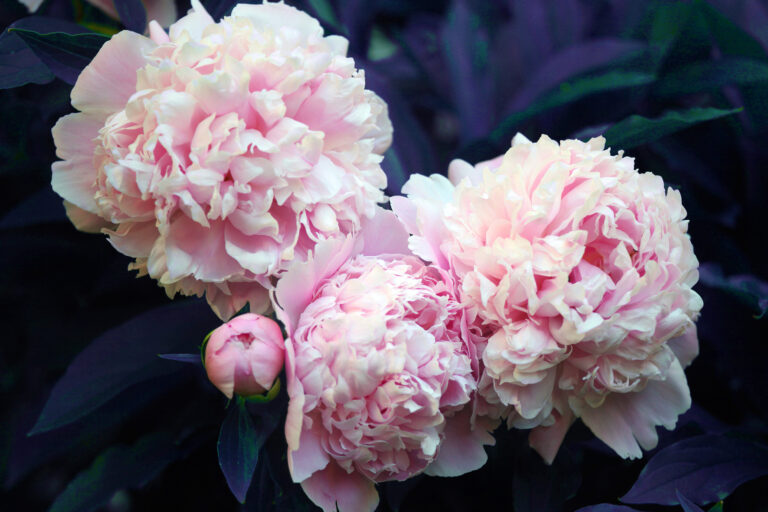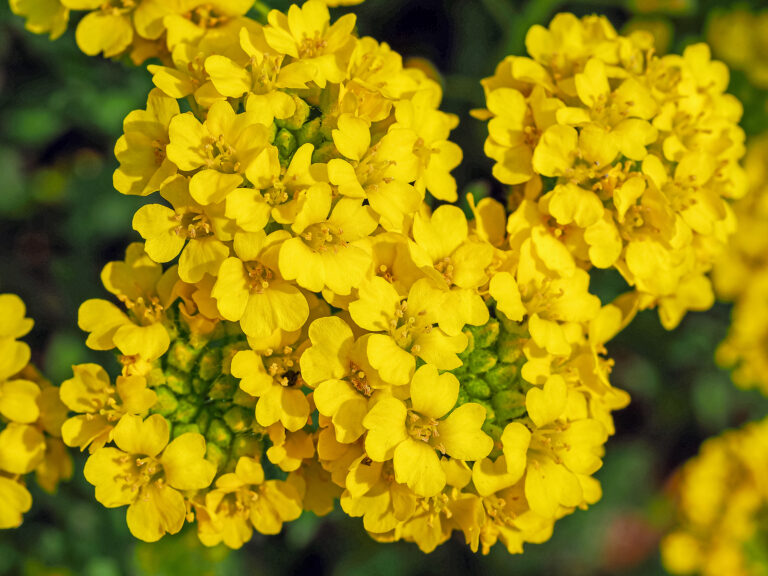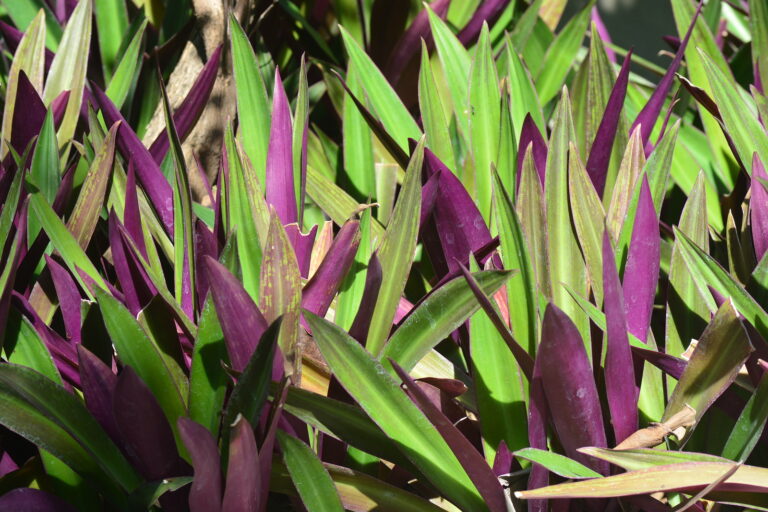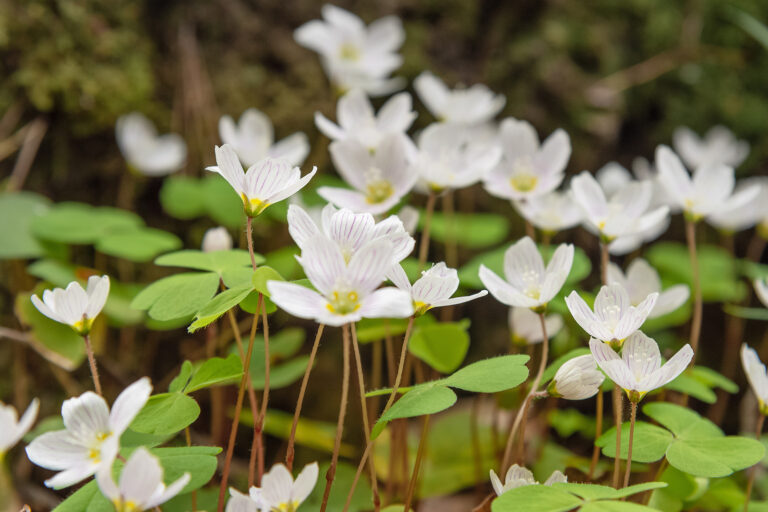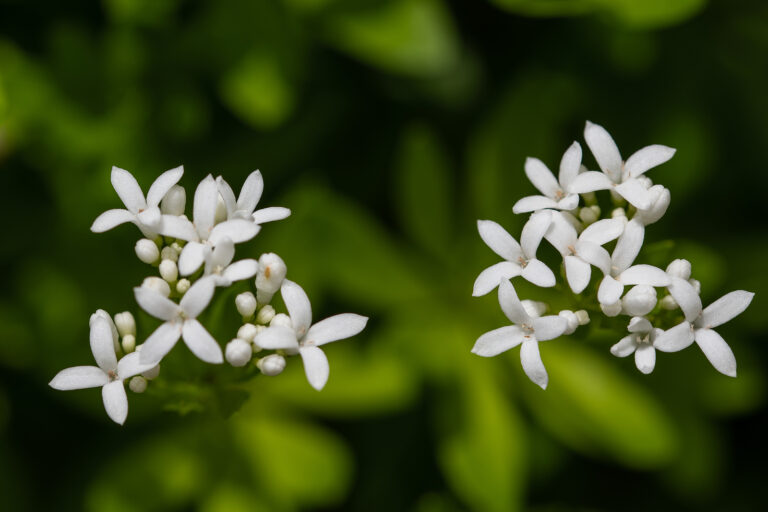How to Grow Coronilla – Crown Vetch
Coronilla, commonly known as crown vetch or scorpion vetch, is a beautiful, easy-to-grow perennial that brings vibrant color and delicate texture to the garden. Most commonly, Coronilla varia (crown vetch) and Coronilla glauca (glaucous scorpion vetch) are used in landscapes. With cheerful, pea-like blooms in shades of yellow, pink, or white, and a naturally spreading habit, coronilla is valued both as a flowering ornamental and a beneficial ground cover. It belongs to the legume family, so it also contributes to soil health by fixing nitrogen, making it a useful plant in sustainable and low-maintenance gardens.
Coronilla thrives in sunny, dry conditions and is often found in Mediterranean or xeriscape gardens, where its vibrant flowers and soft, fern-like foliage add a light, airy feel. With its adaptability and resilience, coronilla is a great choice for adding both beauty and utility to the garden.

Coronilla Varieties to Grow
There are a few popular varieties of coronilla to choose from:
- Coronilla varia (crown vetch): A fast-spreading ground cover with pink and white flowers, commonly used for erosion control.
- Coronilla glauca (glaucous scorpion vetch): Known for its fragrant, bright yellow blooms and mounding habit, it’s perfect for ornamental use in borders, rock gardens, and containers.
- Coronilla emerus (scorpion vetch): A small shrub with yellow flowers that’s well-suited to low hedges or mixed borders.
Each species offers different garden benefits, so choose based on the desired garden function, whether it’s ground cover, color in rock gardens, or even a low-maintenance hedge.
Where to Plant Coronilla
Coronilla prefers full sun and can handle partial shade, although flower production is best with plenty of sunlight. It does well in poor, well-draining soils and is quite drought-tolerant once established. Its hardiness makes it suitable for regions with hot, dry summers, and it can thrive in USDA zones 6–9, though Coronilla glauca can be somewhat tender, requiring some protection in colder climates.
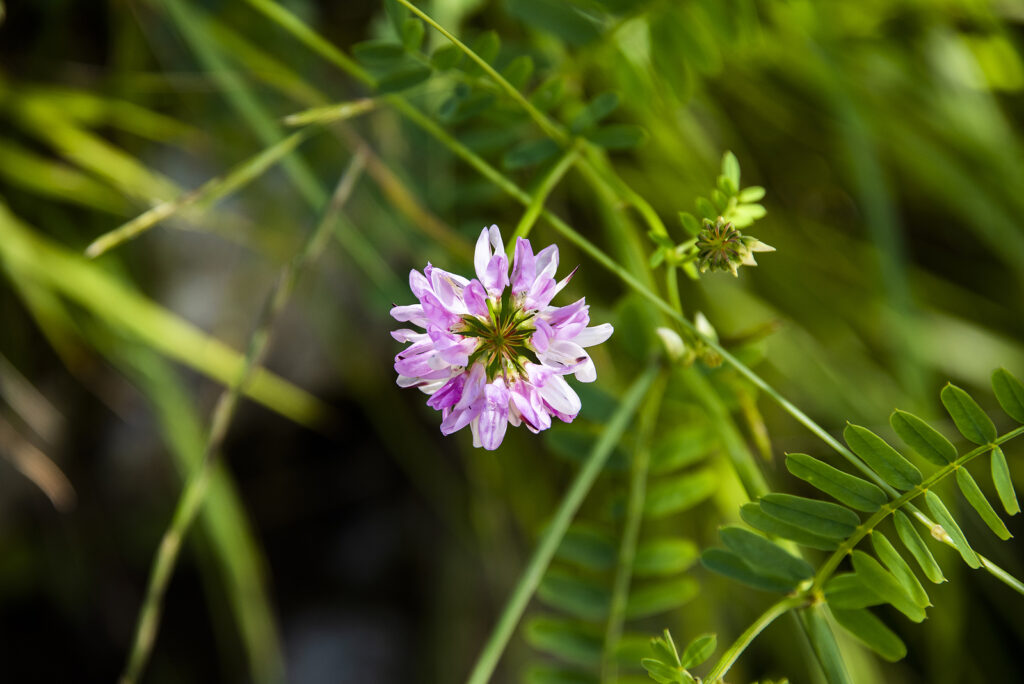
How to Planting Coronilla
- Timing: Plant coronilla in spring or early fall, giving it time to establish roots before the first frost.
- Soil Preparation: Although coronilla isn’t picky about soil quality, loosening the soil and adding a little organic matter can help with drainage and improve root establishment.
- Spacing: For ground cover varieties like Coronilla varia, space plants about 18–24 inches apart, as they will spread quickly. For bushier varieties, plant about 2–3 feet apart.
- Planting Depth: Plant at the same depth as the container, ensuring the crown of the plant sits level with the soil surface. Backfill with soil, gently pressing it down to remove air pockets, and water thoroughly.
For seed planting, sow seeds directly in spring after the last frost, covering lightly with soil. Germination can be improved by soaking seeds in warm water for a few hours before planting.
Caring for Coronilla
Watering
Coronilla is quite drought-tolerant once established, making it a low-water plant perfect for xeriscapes or dry borders. Water regularly during the first growing season to help roots establish, especially if planting in late spring or summer. Afterward, occasional watering is generally sufficient, particularly during prolonged dry spells.
Fertilizing
As a legume, coronilla is capable of fixing its own nitrogen, so it rarely requires additional fertilizer. In fact, high-nitrogen soil may encourage excessive foliage growth at the expense of flowers. If planted in particularly poor soil, a light application of a balanced, low-nitrogen fertilizer in spring can be beneficial but is generally unnecessary.
Pruning and Maintenance
Coronilla requires minimal pruning, but occasional maintenance can help keep it looking tidy and encourage more blooms. For Coronilla glauca, light trimming after the main flowering flush can promote bushier growth and additional flowering later in the season. Remove any dead or damaged stems to maintain the plant’s shape. For vigorous ground-covering varieties like Coronilla varia, periodic mowing or trimming can help contain its spread if needed.
In colder climates, a layer of mulch around the base of the plant can provide some winter protection, particularly for Coronilla glauca, which may not survive harsh winters without some cover. This mulch layer also helps retain soil moisture and suppress weeds.
Coronilla Propagation
Coronilla can be propagated by division, cuttings, or seed:
- Division: In spring, carefully dig up and divide clumps of Coronilla varia, replanting immediately.
- Cuttings: Take 3–4 inch cuttings from healthy stems of Coronilla glauca in late spring or early summer, removing the lower leaves and placing the cuttings in a well-draining potting mix.
- Seed: Collect seeds from mature plants in late summer, sowing them outdoors or starting them indoors in spring. Germination may take a few weeks.
Using Coronilla in the Garden
As a Ground Cover
One of the most popular uses for Coronilla varia is as a fast-spreading ground cover. Its dense mat-like growth and deep roots make it excellent for erosion control on slopes or embankments. This variety quickly fills in bare spots, suppressing weeds while adding a soft pink and white floral display from late spring through summer. Just be mindful of its vigorous spread, as it may require periodic trimming to prevent it from overtaking other garden areas.
Ornamental Accent in Borders and Beds
For gardeners looking to add color and fragrance to borders or beds, Coronilla glauca is a fantastic choice. Its bright yellow flowers and mounding habit make it an attractive addition to mixed borders, rock gardens, or Mediterranean-inspired plantings. Because it’s evergreen in warmer climates, it adds year-round greenery, and its airy flowers bring cheerfulness to any garden design. Try pairing it with other Mediterranean-style plants like lavender, rosemary, or sage for a cohesive look.
Rock Gardens and Containers
Coronilla’s drought tolerance and compact habit make it an excellent plant for rock gardens and containers. In these settings, it thrives with minimal water and maintenance, adding a pop of color to rocky outcrops, gravel beds, or patio containers. Coronilla glauca works particularly well in containers, where its delicate, fern-like foliage and bright flowers can be appreciated up close. Be sure to use a well-draining potting mix and choose a container with adequate drainage, as coronilla prefers drier conditions.
Pollinator Garden and Wildlife Attractor
Coronilla’s flowers attract bees, butterflies, and other pollinators, making it a valuable addition to pollinator gardens. Its flowers produce nectar and pollen, supporting local pollinator populations, while its dense growth can provide cover for small garden wildlife. For a pollinator-friendly garden, plant coronilla alongside other nectar-rich plants like echinacea, black-eyed Susans, and yarrow.
Erosion Control and Soil Stabilization
The deep root systems of Coronilla varia make it particularly effective for stabilizing slopes and preventing soil erosion. It’s commonly used along highways and slopes, but it can be equally effective in home landscapes that experience erosion problems. Once established, it helps hold soil in place, improving drainage and reducing runoff. Just keep in mind that crown vetch can spread aggressively, so it’s best used in larger areas where it has room to roam.
Coronilla Environmental Benefits
In addition to being drought-tolerant and easy to grow, coronilla contributes to soil health by fixing nitrogen, a valuable trait for enriching soils naturally. This trait makes it a sustainable choice for low-maintenance gardens, as it supports healthy plant growth without heavy fertilizer use. By improving soil structure and adding nutrients, it also enhances conditions for neighboring plants, fostering a healthy, balanced garden ecosystem.
Coronilla Summary
Coronilla is a resilient, versatile, and visually appealing addition to the garden. Whether you’re looking for a low-maintenance ground cover, a cheery flowering plant for borders, or an effective way to control erosion, coronilla can provide both beauty and functionality. With its low water requirements, ability to improve soil health, and attractive blooms, coronilla is well-suited to xeriscapes, Mediterranean-style gardens, pollinator gardens, and more. By selecting the right variety, planting it in well-draining soil, and providing minimal care, you can enjoy coronilla’s bright flowers, delicate foliage, and garden benefits for years to come.


